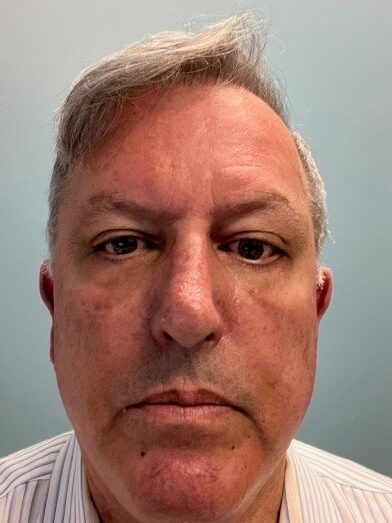I read with interest the contrasting articles “Have We Gotten too Casual “ and “Heels, White Coats, Formal Wear, and Scrubs” all about hospitalists’ attire in the January 2023 issue.
It brought back memories of being part of a team forming one of the first non-academic, private-practice, hospitalist groups in Wisconsin. I worked for Infinity Healthcare and this occurred at Community Memorial, in Menomonee Falls, Wisc., in 2003. Infinity was interested in protecting its emergency department (ED) contract and thus we bid on the RFP and won it.
In the course of our formative discussions, we talked about what clothing/uniform would be appropriate. None of us wanted to be too formal; many wanted to dispense with the tie or the dry-cleaning bills. The parent group Infinity Healthcare had the emergency department contract, and as they do in many emergency departments, the practitioners wore scrubs. A few of us liked scrubs, especially the fact that when running a code or doing a procedure (we actually did them back then) a hospitalist might get bodily fluids on their nice clothes.
Wearing scrubs allowed for easier washing with the tougher cotton material. However, many of us did not like the bottom scrubs. This was due to the loose nature and string tie way of keeping them on. Also being confused with the emergency docs or even independent surgeons was not attractive to us. The inability to carry gear (stethoscope, ophthalmoscope, patient lists, etc.) effectively was also a factor.
We arrived at a compromise of sorts—khaki pants and scrub tops in different colors from the emergency department physicians or surgeons. We had the tops embroidered with our names, the name of our group, and the word Hospitalist. If you made sure your khaki pants had enough pockets, you could carry all your gear; maybe even your stethoscope rather than wearing it draped around your neck. Plus, we made white coats optional.
This “uniform” with scripting about who we were (“we are partners with your primary care practitioner and are in daily contact with them”) went a long way to identifying us as “something different”. It differentiated us from the ED doc or the surgeon at a time when no one knew who hospitalists were.
It lasted as the choice of hospitalists for a long time. It may persist there today.

Dr. Scarpinato
Dr. Scarpinato has been practicing hospital medicine since he finished his Cleveland Clinic internal medicine residency. He was a founding member of NAIP, the precursor to the Society of Hospital Medicine of which he is a Senior Fellow. He is the interim chief medical officer of the New Orleans JenCare region where he and the team are responsible for all costs of elderly patients in a value-based contracting model, including hospitalizations.
Khaki pants are basically for guys. And due to my generous hips, I’ve never found a pair of Khaki pants that were comfortable. No way would I ever wear khaki pants. I would wear a Khaki skirt, though, if I could find one. Otherwise, for me it’s scrubs all the way!
How funny. I had completely forgotten about this debate. The TLC song “no scrubs” was getting a lot of play in Atlanta as my residency came to a close. One of my attendings, Dr Michael Lubin, actually had a “no scrubs” button made for his white coat.
It stuck with me. I haven’t worn scrubs in 23 years.